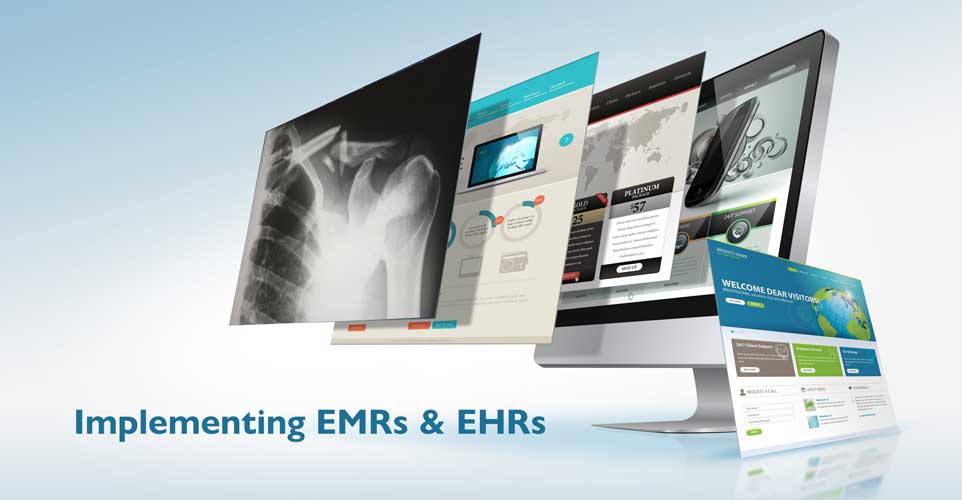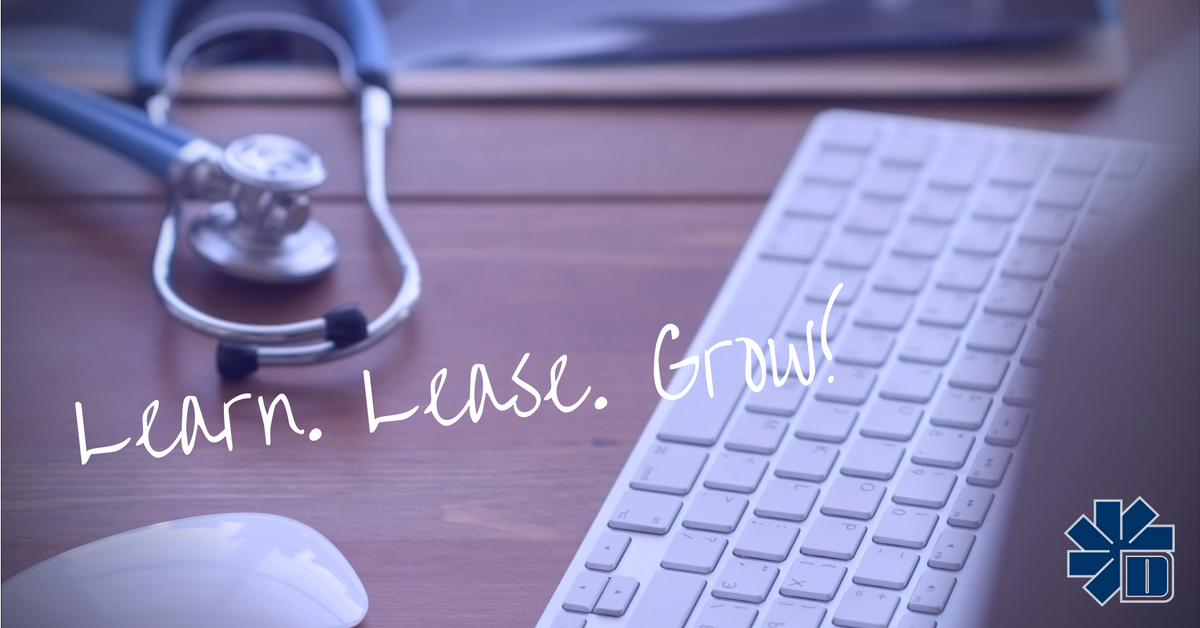
Back to Work Program After Covid-19
- July 15, 2020
- 11:36 am
- Medical
As states begin to enter different phases of their reopening plans, more people are returning to their offices and allowing some employees to come back and work. The transitional period is going to be challenging, and business leaders will need to pay close attention to their state and federal guidelines as they consider how to move forward. The plan will vary between industries, and while there is no road map to a successful reopening that is one-size-fits-all, we hope to give you some guidance and things to keep in mind.
Implementing the Return to Work Program
The Trump Administration has released a guide to Opening Up America Again, which can answer many of the business-specific questions you might have. Part of the program outlines phases of opening and the requirements for each phase. States have their own versions of these plans, and the state plans are what businesses must abide by, so it is essential to know your state’s specific reopening plan.
One thing to keep in mind is that even if the state says you can reopen, you do not have to reopen. Business owners have the choice of whether to reopen or not and can abide by guidelines listed in phases of the reopening plan even after the state has moved into another plan. The best place to get information on your state-specific plans is the US Chamber of Commerce.
Before you can implement your return to work plan; however, you need to ensure you have a plan to implement. Creating a plan for reopening your business includes reviewing and revising your policies for:
- Hiring/rehiring/recalling employees
- Policies and guidelines on leave, benefits, PTO, and FMLA
- Attendance policies
- Guidelines and policies on cleaning, disinfecting
- Personal protective equipment
- Commercial cleaning schedules
- Work from home guidelines
- Social distancing guidelines
If you need help preparing your back to work plan, check out the return to work toolkit we assembled to help frame your thinking to develop the best plan for your business.
Supporting Public Health
Another component to opening your business responsibly is supporting public health efforts in stopping the spread of COVID-19, commonly called coronavirus. Make sure to have handwashing and sanitization stations easily accessible to employees and customers or clients that come into the office. You should also provide personal protective equipment to your employees, such as reusable masks and gloves. Disposable masks and gloves can be offered to clients and customers who enter your business.
Supporting Your Employees
We are in unprecedented times, and just as business owners are struggling, the employees are as well. Some of your employees may not have ever been able to collect unemployment because of how backed up many states are/were in processing claims. You may have employees who had contracted COVID-19 themselves or had family and loved ones who did. There may be employees who continue to care for high-risk and sick relatives, and there is no doubt that the pandemic has been challenging mentally and emotionally as well.
If you can, provide your employees with reasonable accommodations such as allowing them to work part-time from or remain working from home. Have a plan for your vulnerable employees who may not be comfortable or feel safe coming back to work yet. Take care to reread and understand the Americans with Disabilities Act before chatting with your employees about their medical and health issues or disabilities.
Recent Posts
- Bonus Depreciation is About to Phase Down to 80% in 2023 December 29, 2022
- Tax Benefits of Buying Equipment & Software Before December 31, 2022 December 8, 2022
- How the Inflation Reduction Act Impacts your Business and You and your Family August 16, 2022
- Recession? What Recession? July 27, 2022
- Dimension Funding Has Paperless Financing April 26, 2022








